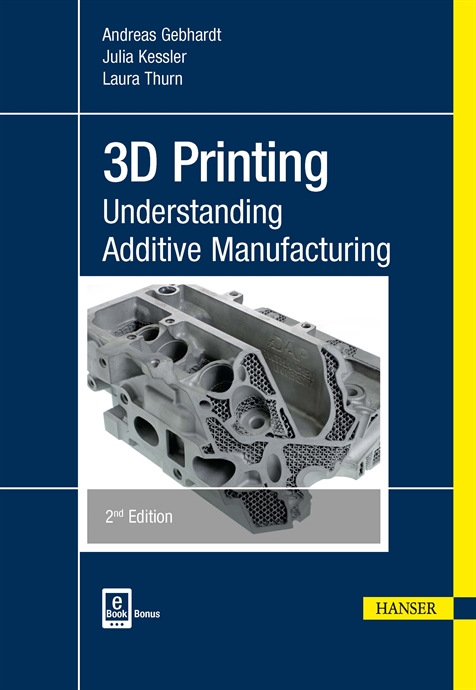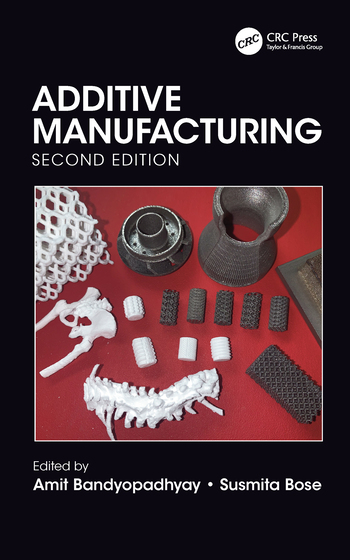Manufacturing is about making parts, and assembly is about putting them together. Over the years, the two have pushed and pulled to seek a healthy balance. The result goes something like this: Divide the product into smaller and smaller parts until the total cost of the of the parts reaches a minimum; add too many fasteners to hold the parts together; then apply lean methods to eliminate work that does not add value. The three-part recipe has worked well, right up until additive manufacturing (AM) arrived to flip everything on its head.
Traditional manufacturing is really subtractive manufacturing—drill a hole, fly-cut a surface, use electrical discharge machining on a die. In that way, AM is its opposite. And the differences don’t stop there. AM is the polar opposite of traditional manufacturing in almost every way.
Even as an adolescent technology, AM is already ahead of its older opposite when it comes to batch size. Whereas traditional manufacturing has clung tightly to large batch sizes from birth, AM has embraced a batch of one.
Whereas traditional manufacturing resists design simplifcation, preferring to fragment into a sea of low-cost piece-parts, AM prefers to consolidate into a single part.
Whereas traditional manufacturing and assembly require supporting fixtures, AM doesn’t. In fact, it makes them. (And it does so in record time.)
Whereas traditional manufacturing likes to make the same part over and over, AM prefers to make every part different than the next. (More precisely, it’s ambivalent.)
Their approach to cost is different, too. The cost structure of traditional manufacturing prefers high volume. AM prefers to make the first part quickly and reduce the cost of delay.
Because of these differences, traditional manufacturing is most comfortable working on the factory floor with people who make parts. AM is more comfortable working with engineering, marketing and customers in laboratories and at customer sites. And for AM, that’s a good thing.
From a cost standpoint, the deck is stacked against AM. When it comes to making parts in high volume, AM has a significantly higher cost structure. That’s why it’s used only for low-volume products that demand high customization. (Think knee replacements made to fit a specific person’s anatomical structure.) And, though radical part consolidation is commonplace with AM, our accounting systems don’t recognize the financial benefit of reducing part count. Don’t look to accounting for help with cost justification.
Thankfully, AM has a benefit that trumps cost. AM can create geometries that subtractive manufacturing cannot, and that new design freedom allows engineers to radically improve product performance. A step change in performance, in turn, allows marketing to tell a new and powerful story to customers: “We have radically improved product performance, and, though the price is higher, you’ll be far more profitable when you buy it.”
For example, AM can create thin-walled structures with clever internal cooling paths that can significantly increase the heat-transfer performance of cooling systems while reducing their size. More cooling in a smaller package can only be achieved through AM. Also, AM can create novel geometries to improve combustion efficiencies and reduce fuel consumption in all types of engines.
Additionally, AM can put material only where it’s needed and create honeycomb structures with unheard of stiffness-to-weight ratios. The result is weight reduction, improved aerodynamic performance, and reduced fuel consumption.
AM isn’t about cost, it’s about providing new product performance that helps your customers be more profitable. AM is also about speed and simplification. In those ways, additive manufacturing is no different than traditional manufacturing.







